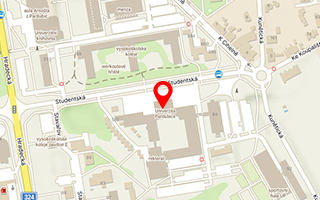Publikace detail
Advances in the nondestructive condition assessment of railway ballast: A focus on GPR
Autoři:
Artagan Salih Serkan | Borecký Vladislav
Rok: 2020
Druh publikace: článek v odborném periodiku
Název zdroje: NDT & E International
Název nakladatele: Elsevier
Místo vydání: Kidlington
Strana od-do: nestránkováno
